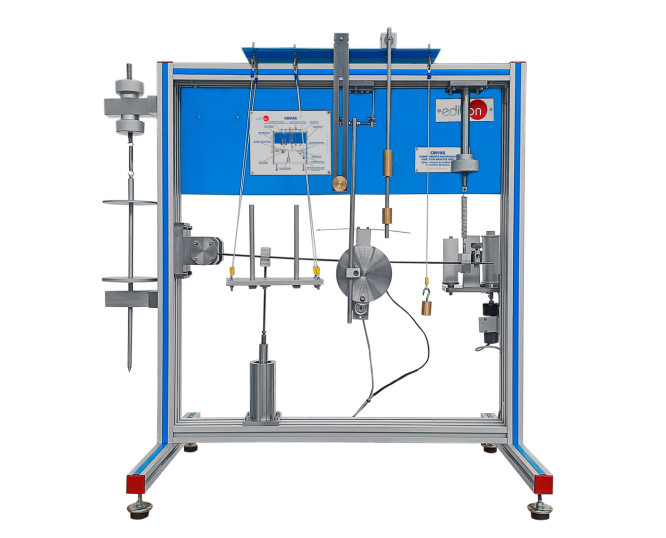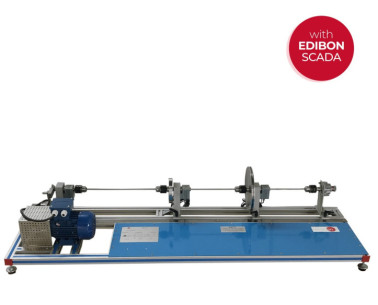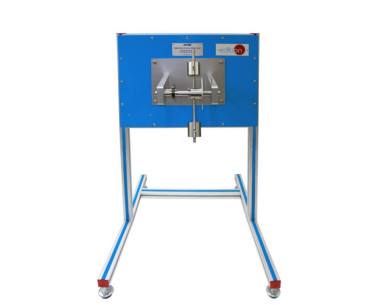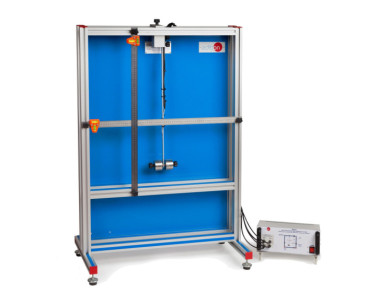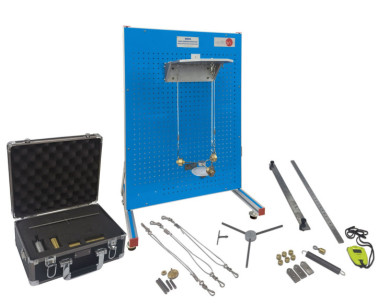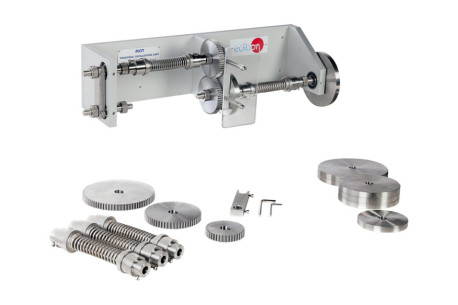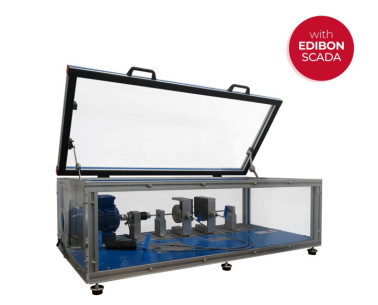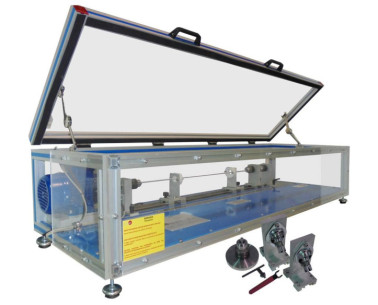The Comprehensive Mechanical Vibration Analysis Unit, "CMVAS", has been designed by EDIBON for an in-depth study of vibrations in mechanical systems, a phenomenon present in most industrial and engineering processes. These vibrations can lead to inefficiency and wear in machinery and structures, making their analysis essential for optimizing unit performance and safety.
This system allows for the experimental exploration of damping, resonance, and vibration absorption in various mechanical configurations. Its flexible design enables a wide range of tests using components such as pendulums, beam oscillators, and mass-spring systems. With an electrically driven imbalance exciter, it is possible to generate forced vibrations and study their effects on mechanical systems in terms of stability and dynamic response.
To further investigate the influence of damping, the "CMVAS" includes an adjustable oil damper that allows the modification of energy dissipation in vibratory systems. Additionally, a tunable flexural vibrator facilitates the study of vibration absorption, providing key insights into controlling unwanted oscillations in structures and mechanical components.
The unit also features an advanced measurement and data recording system that enables real-time analysis of vibration behavior. A drum recorder and a polar diagram provide a clear visualization of system responses under different operating conditions. This is complemented by a digital interface for data acquisition and processing, allowing for easy comparison of experimental results with theoretical models.
Beyond its ability to conduct advanced experiments, the "CMVAS" has been designed with safety and ease of use in mind. A transparent protective cover allows for safe observation of experiments without the risk of contact with moving parts, while an automatic safety system stops the motor when the cover is opened, preventing accidents.
Thanks to its versatile structure and practical approach, the "CMVAS" is a key tool for teaching and research in mechanical engineering. Its capability to analyze various types of oscillations and its integration with advanced measurement systems make it an efficient solution for understanding and optimizing vibratory system behavior in industrial and academic environments.
 쿠키 기본 설정
쿠키 기본 설정

